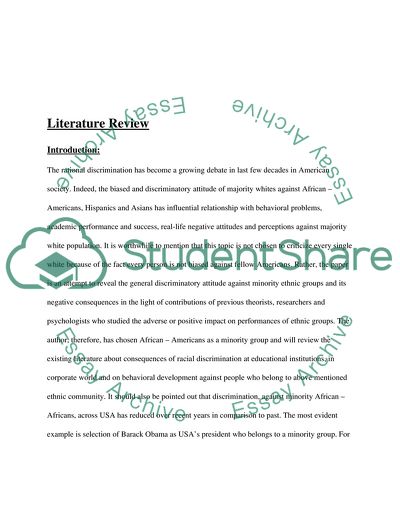Cite this document
(Racial Discrimination against African Americans Term Paper, n.d.)
Racial Discrimination against African Americans Term Paper. Retrieved from https://studentshare.org/social-science/1741483-final-paper
Racial Discrimination against African Americans Term Paper. Retrieved from https://studentshare.org/social-science/1741483-final-paper
(Racial Discrimination Against African Americans Term Paper)
Racial Discrimination Against African Americans Term Paper. https://studentshare.org/social-science/1741483-final-paper.
Racial Discrimination Against African Americans Term Paper. https://studentshare.org/social-science/1741483-final-paper.
“Racial Discrimination Against African Americans Term Paper”, n.d. https://studentshare.org/social-science/1741483-final-paper.


